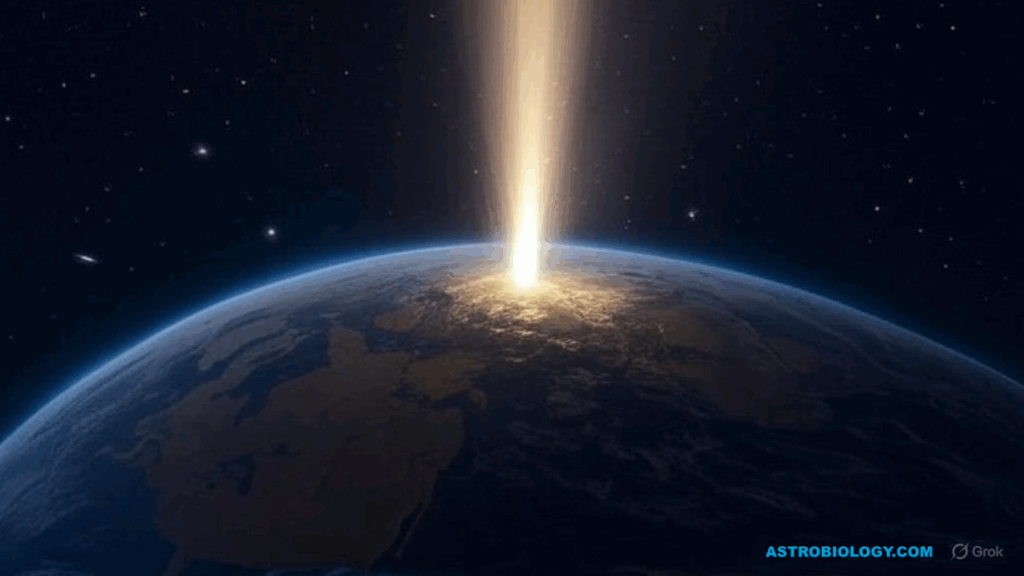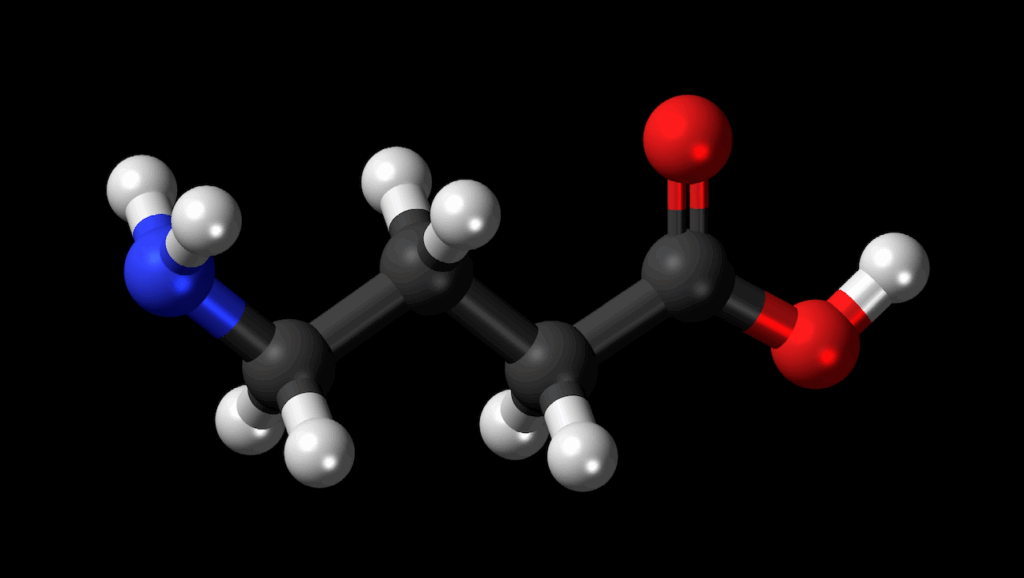Planting Earth Life on Habitable but Sterile M-dwarf Oxygen Planets

Time is arguably the key limiting factor for interstellar exploration. At high speeds, flyby missions to nearby stars by laser propelled wafersats taking 50-100 years would be feasible.
Directed energy launch systems could accelerate on the other side also crafts weighing several tons to cruising speeds of the order of 1000km/s (c/300). At these speeds, superconducting magnetic sails would be able to decelerate the craft by transferring kinetic energy to the protons of the interstellar medium. A tantalizing perspective, which would allow interstellar probes to stop whenever time is not a limiting factor. Prime candidates are in this respect Genesis probes, that is missions aiming to offer terrestrial life new evolutionary pathways on potentially habitable but hitherto barren exoplanets.
Genesis missions raise important ethical issues, in particular with regard to planetary protection. Here we argue that exoplanetary and planetary protection differ qualitatively as a result of the vastly different cruising times for payload delivering probes, which are of the order of millennia for interstellar probes, but only of years for solar system bodies. Furthermore we point out that our galaxy may harbor a large number of habitable exoplanets, M-dwarf planets, which could be sterile due to the presence of massive primordial oxygen atmospheres. We believe that the prospect terrestrial life has in our galaxy would shift on a fundamental level in case that the existence of this type of habitable but sterile oxygen planets will be corroborated by future research. It may also explain why our sun is not a M dwarf, the most common star type, but a medium-sized G-class star.
Why planetary and exoplanetary protection differ: The case of long duration Genesis missions to habitable but sterile M-dwarf oxygen planets
Claudius Gros
(Submitted on 8 Jan 2019)
Comments: in press
Subjects: Popular Physics (physics.pop-ph); Earth and Planetary Astrophysics (astro-ph.EP); Space Physics (physics.space-ph); Populations and Evolution (q-bio.PE)
Cite as: arXiv:1901.02286 [physics.pop-ph] (or arXiv:1901.02286v1 [physics.pop-ph] for this version)
Submission history
From: Claudius Gros [view email]
[v1] Tue, 8 Jan 2019 12:46:16 UTC (17 KB)
https://arxiv.org/abs/1901.02286
Astrobiology








